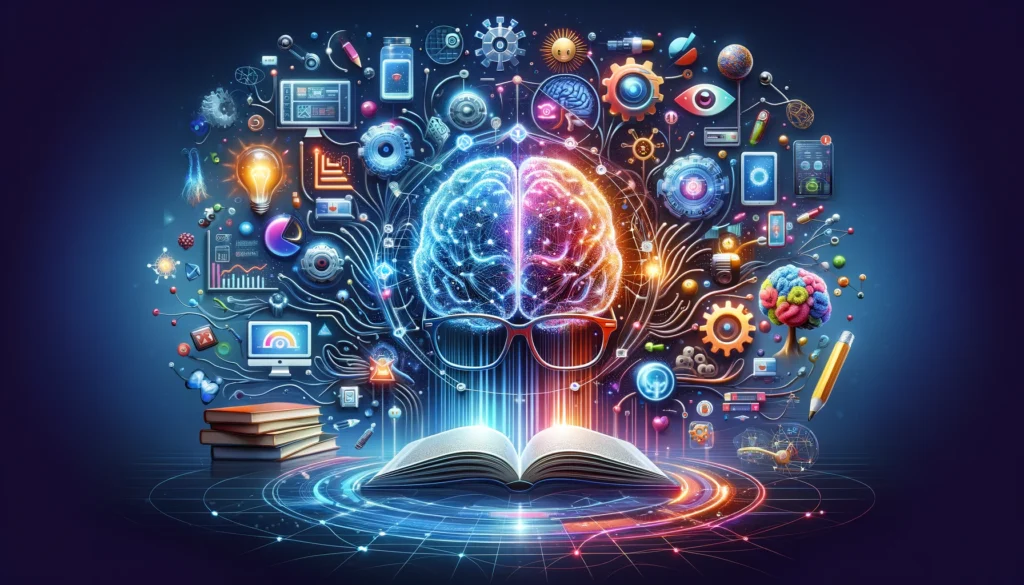Mindblown: a blog about philosophy.
-
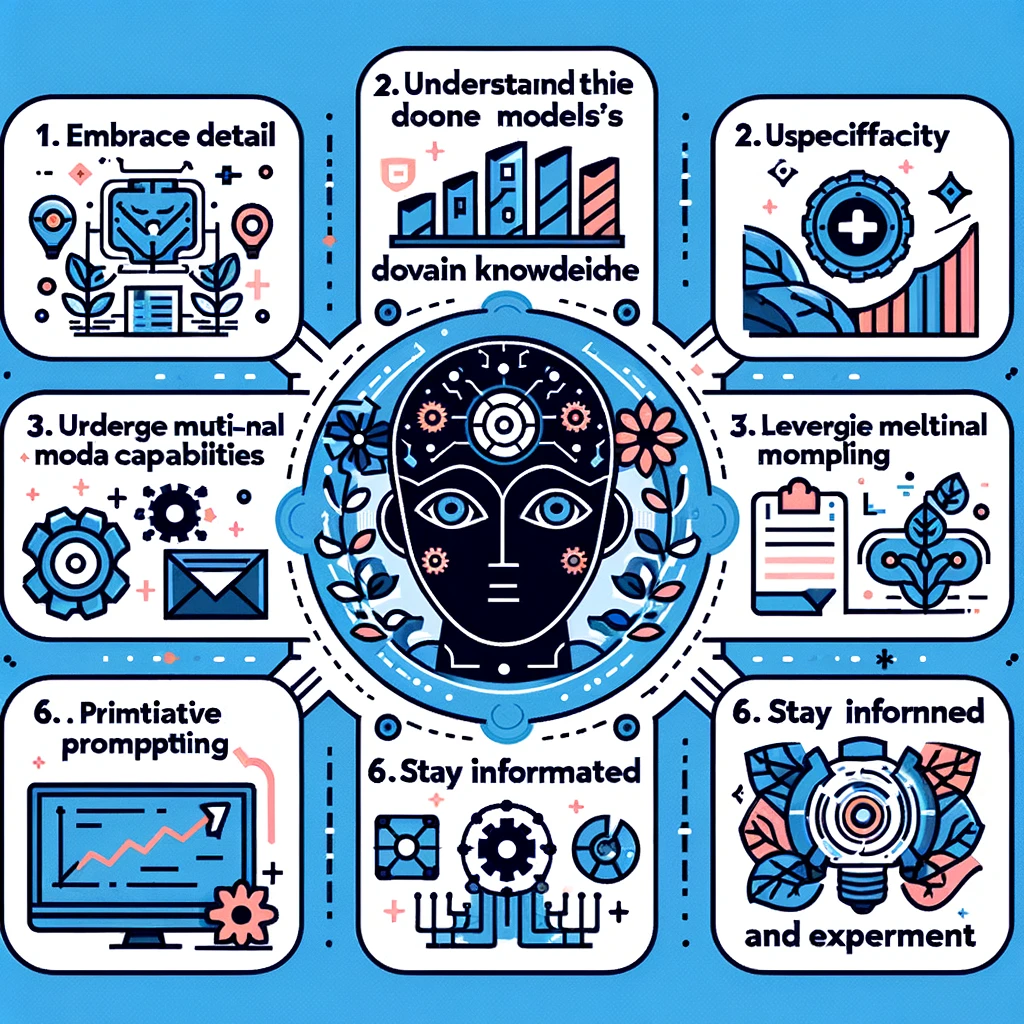
Mastering the Art of Prompting AI in 2024
Introduction As artificial intelligence continues to evolve, mastering the art of prompting AI models has become an essential skill for anyone looking to leverage this powerful technology. Whether you’re a content creator, a researcher, or a business professional, understanding how to communicate effectively with AI can greatly enhance the quality and efficiency of your outcomes.…
-
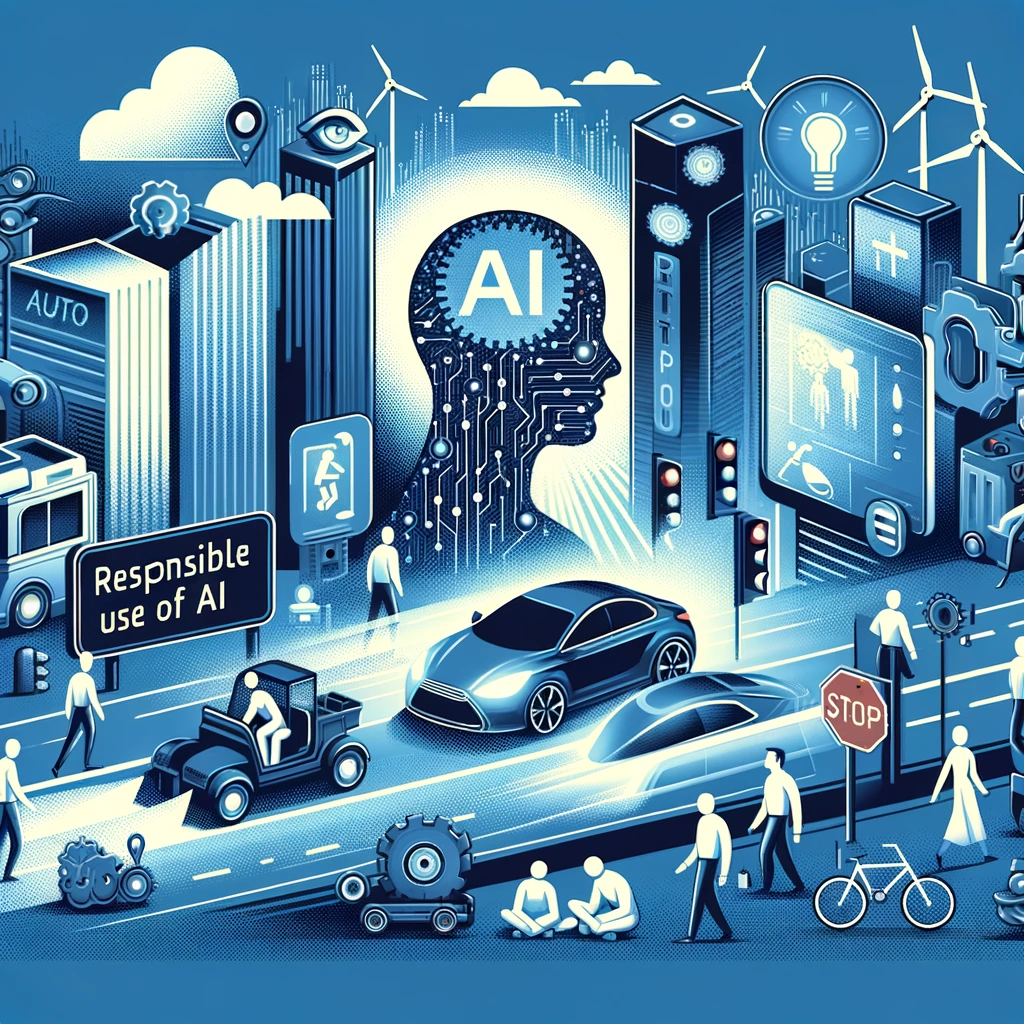
Harnessing the Power of Auto AI: Revolutionizing Automation with Artificial Intelligence
In the rapidly evolving landscape of technology, Auto AI stands at the forefront of innovation, melding the realms of automation and artificial intelligence to create systems that are not only self-sufficient but also capable of learning and adapting over time. This transformative approach is revolutionizing industries, from manufacturing to healthcare, by offering smarter, more efficient…
-
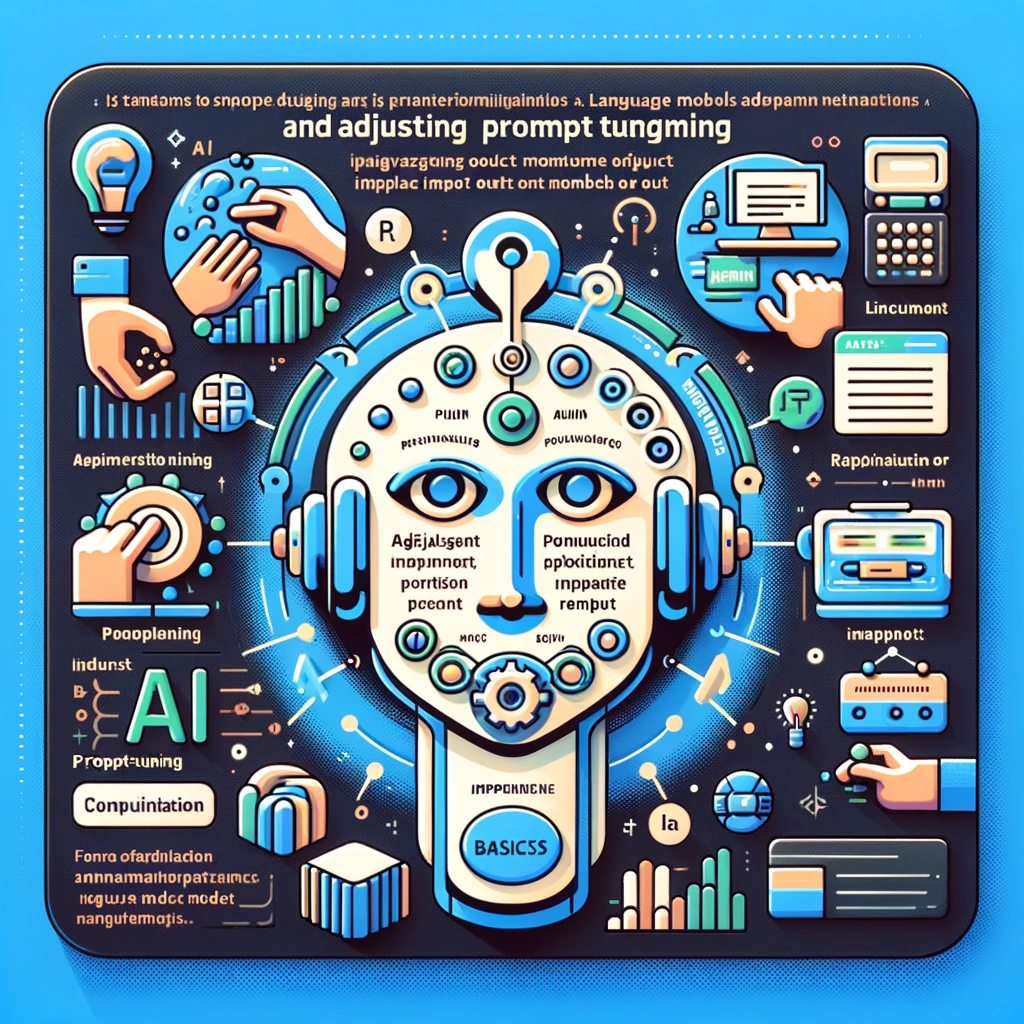
Exploring the Art of Prompt Tuning: Strategies for Enhanced AI Performance
Prompt tuning stands as a pivotal technique in the realm of artificial intelligence (AI), particularly within the framework of language models like ChatGPT. By fine-tuning the way we interact with these models through tailored prompts, we can significantly enhance their output, making them more accurate, relevant, and creatively in tune with our needs. This article…
-

The Double-Edged Sword of AI: Scams and Deepfakes
With the growth of generative AI technologies comes a rise in AI-generated scams and deepfakes. This trend emphasizes the urgent need for advanced strategies to authenticate information and maintain digital security. read more on: https://skimai.com/aiyou35-our-10-ai-predictions-and-trends-for-2024-companies-to-watch/
-
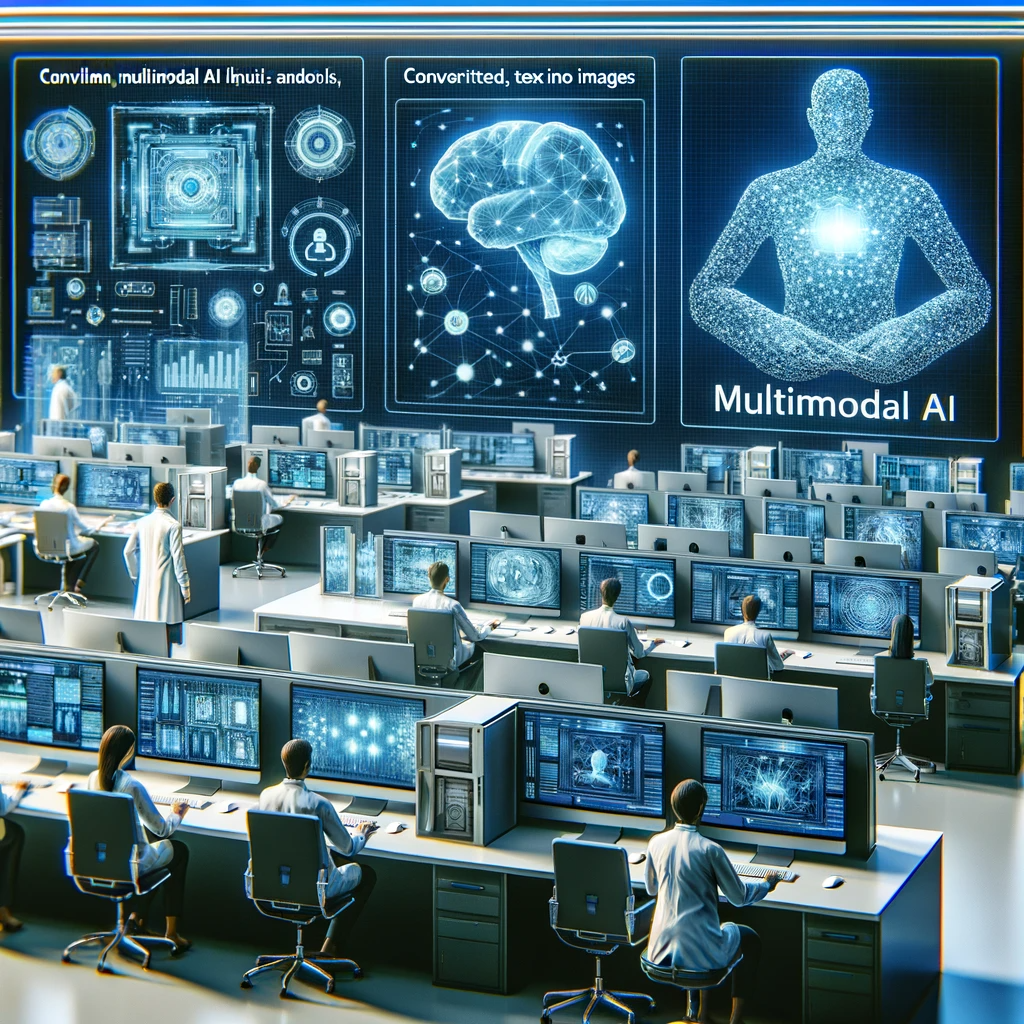
The Rise of Multimodal and Open AI Models
AI is moving towards more personalized, multimodal models that combine various types of data, such as text, images, and audio. This trend is leading to advanced applications across fields, including healthcare and creative industries. Google’s introduction of Gemini, a model that can train on and generate text, images, audio, and video, exemplifies the potential of…
-

Navigating the Complex World of AI Governance and Compliance
In the workplace, the focus is shifting towards governing how employees use AI. Organizations are now more vigilant about compliance with government regulations, such as the New York City AI hiring law and California Data Privacy Law. This vigilance extends to managing risks associated with AI hallucinations and the legal implications of AI-generated content. read…
-

The Cybersecurity Frontier: AI’s New Battleground
As AI technologies continue to evolve, they play an increasingly crucial role in transforming cybersecurity. The move towards AI-driven threat prediction and protection marks a historic milestone. The democratization of AI tools, however, raises concerns about more sophisticated cyber attacks, including threats to firmware and hardware, underscoring the need for enhanced security measures.
-

AI’s Leap into Hollywood and Beyond
2024 marks a transformative year for AI in the entertainment industry. Major film studios like Paramount and Disney are now harnessing the power of generative AI for various aspects of movie production. This innovative technology is not just confined to creating stunning special effects; it’s also reshaping the way actors’ performances are lip-synced for multiple…
Got any book recommendations?
